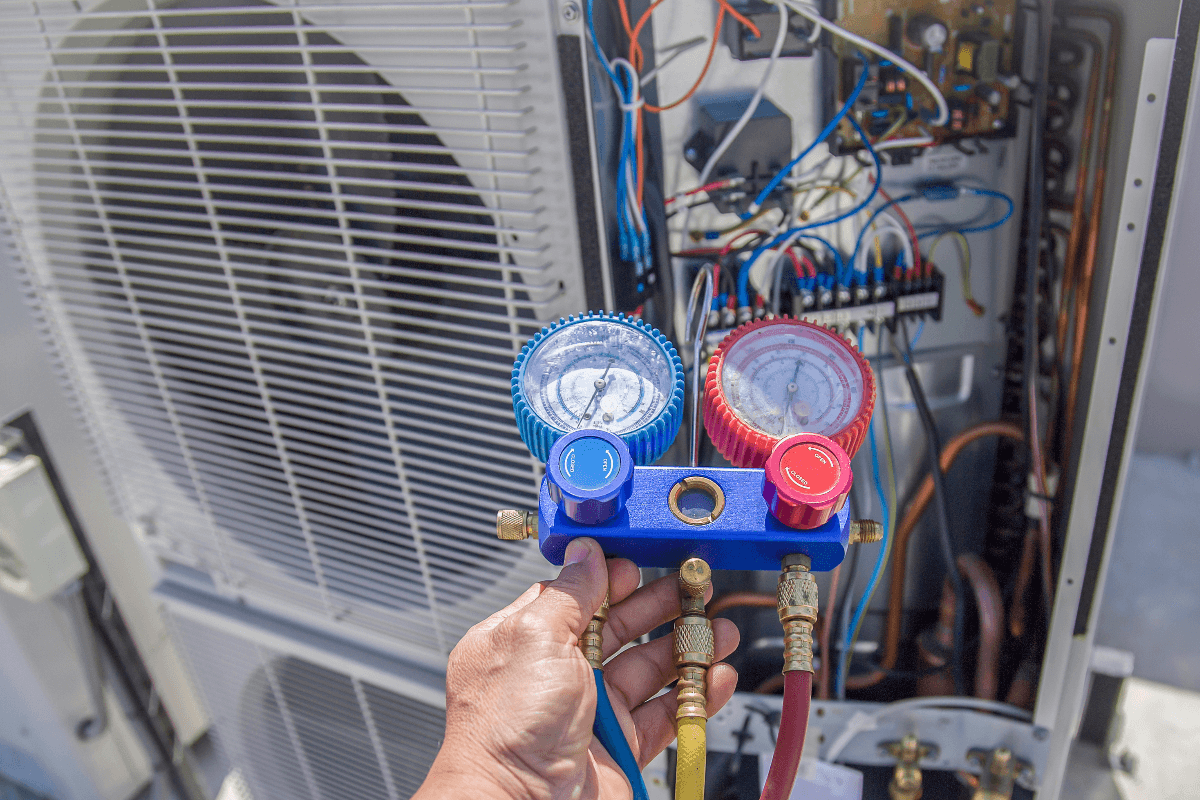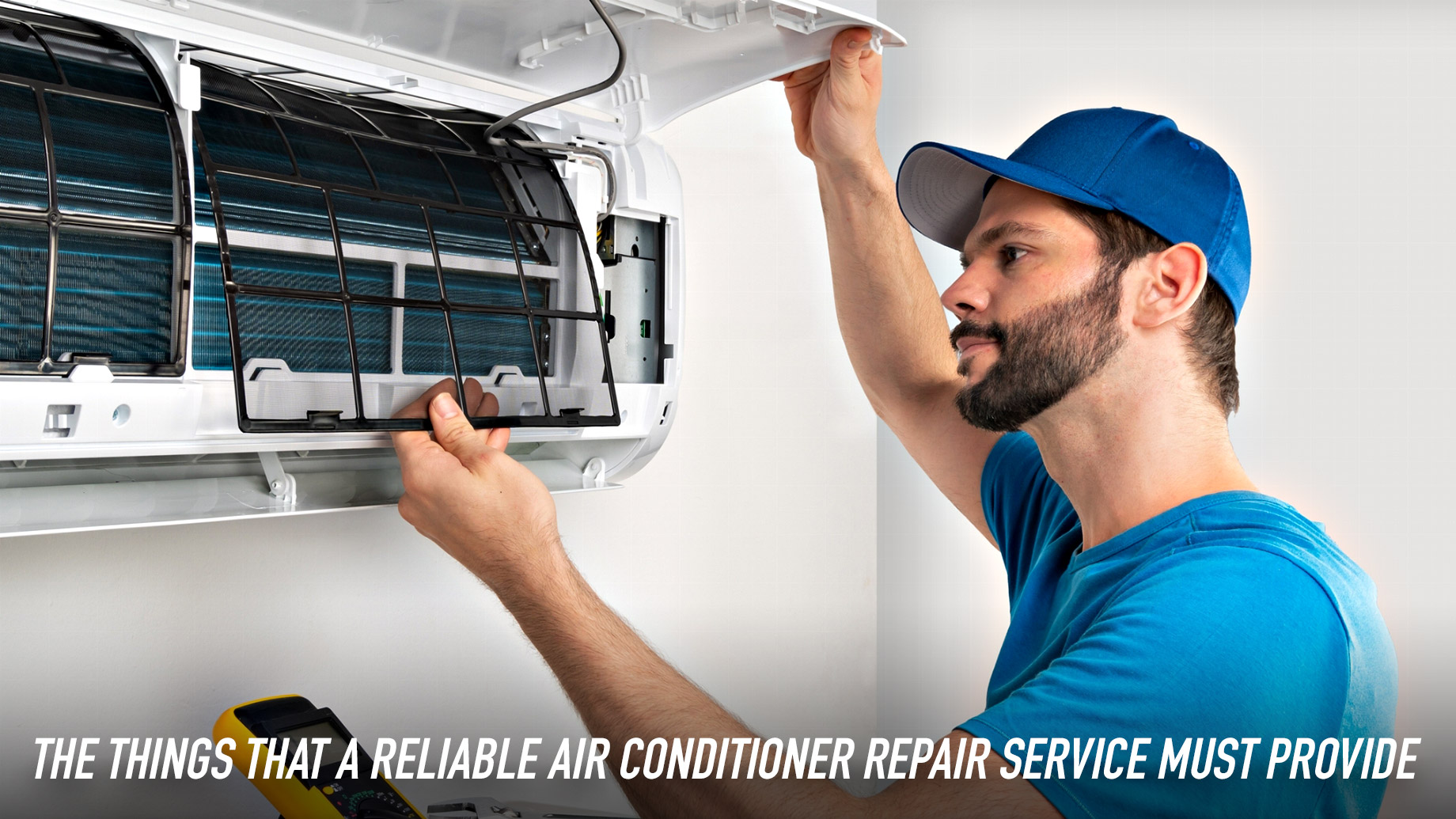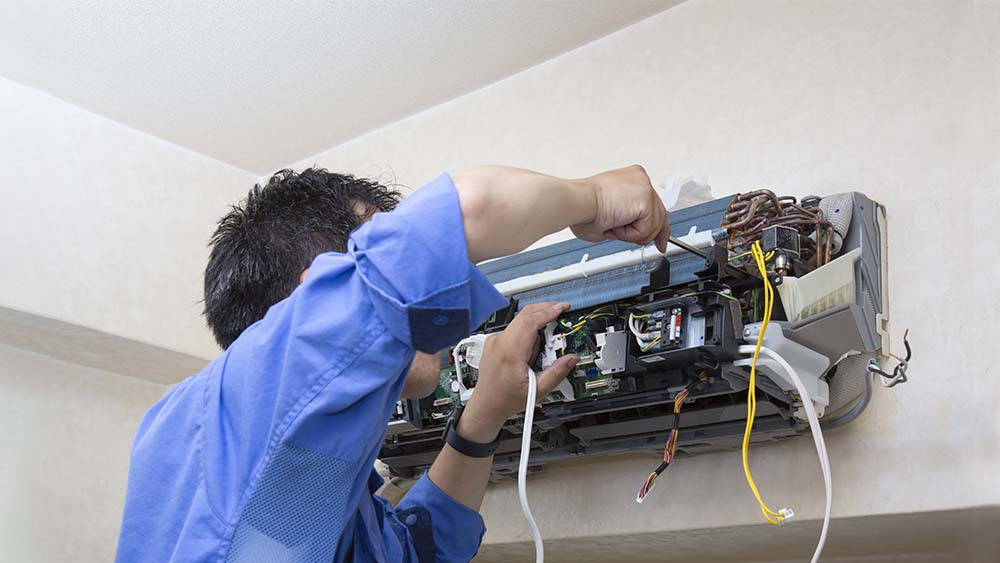Hvac Near Me Repair: Signals Your AC Needs Professional Help
AC Installer: Efficient Environment Control Systems Are Crucial For Indoor Comfort And Energy Savings
Elements and Systems: The Heating And Cooling Symphony
Ever question what really manages the climate control in your residence or office? It's far more than simply a box humming exterior. We're speaking about a sophisticated interplay of elements, a genuine symphony of engineering developed to preserve your comfort, come rain or shine, and even the most blistering heatwave. Understanding these individual parts, and how they coalesce into a unified system, is paramount for any house owner or center manager. Think of it like a human body: each organ has an essential function, however it's their collective function that keeps us alive and thriving.
The Core Players: What Makes it Tick?

At the heart of most residential and light industrial heating and cooling setups, you'll discover several crucial players. Do you truly know what each one does? Let's break down the important cast:
- Heater: The heating powerhouse, usually fueled by gas, lp, or electrical energy. It warms the air that then circulates throughout your space.
- A/c: The cooling champ, removing heat and humidity from indoor air through a refrigerant cycle.
- Ductwork: The circulatory system of your a/c, a network of channels that disperses conditioned air to various rooms and returns stagnant air for reconditioning. Without correctly sized and sealed ducts, even the most efficient system can falter.
- Thermostat: The brain of the operation, allowing you to set and preserve preferred temperature levels. Modern thermostats can extraordinary tasks, from Wi-Fi connectivity to discovering your choices.
Beyond the Fundamentals: Integrated Systems
While the heater and air conditioning unit are frequently distinct systems, they frequently share typical elements, forming an integrated system. The exact same blower fan within the heater typically moves air for both heating and cooling. This seamless combination is what makes a contemporary a/c system so effective and user-friendly. Consider the classic circumstance: a sweltering summertime day paves the way to a surprisingly chilly night. Your system, if effectively created, transitions effortlessly from cooling to heating, making sure constant comfort without you raising a finger. It's genuinely a marvel of modern convenience innovation.
Improving Air Quality: More Than Just Temperature
Beyond just heating up and cooling, contemporary a/c services often incorporate parts targeted at improving indoor air quality. Are you knowledgeable about the invisible threats lurking in your air? From irritants to contaminants, a great system actively fights them. This can consist of advanced filtering systems, humidifiers to include moisture in dry climates, or dehumidifiers to extract excess humidity. Some systems even incorporate UV lamps to kill airborne pathogens. It has to do with developing a holistic environment, not simply a comfortable temperature level. What good is comfort if the air you breathe is subpar?
Heating and Cooling Principles: The Unseen Ballet of Comfort
Ever wonder why one space seems like a sauna while the next is an icebox, despite your thermostat's fervent prayers? The response frequently depends on a nuanced understanding of heating and cooling principles, a subtle dance of energy transfer that determines our indoor comfort. It's not practically cranking up the air conditioner or stoking the furnace; it has to do with managing the flow of heat, that relentless tourist always looking for equilibrium. Consider it like water streaming downhill-- heat constantly moves from warmer locations to cooler ones. This fundamental reality underpins every element of efficient a/c system operation, yet it's regularly overlooked, resulting in consistent pain and, frankly, wasted energy.
The Elusive Even Temperature
The most common frustration property owners voice centers on uneven temperature levels. You change the thermostat, wishing for a blanket of comfort, only to discover one room sweltering while another shivers. Why does this take place? Frequently, it's check here a symptom of incorrectly sized or badly well balanced ductwork. Envision a garden hose pipe trying to water a whole yard; some locations get drenched, others stay dry. If your ductwork isn't designed to deliver the right volume of conditioned air to each area, hot and cold areas become an unavoidable reality. A typical mistake is presuming that merely including more vents will solve the problem. In truth, it can intensify it by interrupting the delicate balance of atmospheric pressure within the system. An a/c specialist worth their salt will perform a Manual J load computation, an in-depth analysis that determines the accurate heating and cooling needs of each space, taking into account elements like window size, insulation, and even the variety of residents. Without this fundamental action, you're basically flying blind.
Techniques of the Trade for Optimal Efficiency
- Zoning Systems: For supreme control and performance, think about a zoning system. This enables you to divide your home into unique temperature level zones, each with its own thermostat. No more heating or cooling empty rooms! It resembles having numerous mini-HVAC systems tailored to your lifestyle.
- Duct Sealing: Dripping ducts are notorious energy burglars. A significant percentage of conditioned air can get away through unsealed joints and holes before it even reaches your living space. Professional duct sealing with mastic or specialized tape (not just normal duct tape, which fails quickly) can drastically improve effectiveness and get rid of phantom drafts.
- Insulation's Role: Your home's insulation functions as the bouncer for heat, preventing it from crashing the party in summer and leaving in winter season. Is your attic sufficiently insulated? Are your walls simple sieves for thermal energy? A simple assessment can reveal considerable opportunities for enhancement.
- Fan Settings Matter: Numerous property owners simply set their fan to "vehicle." While usually fine, consider running your fan constantly on a low setting, especially in shoulder seasons. This assists circulate air, reducing temperature stratification and making your home feel more consistently comfy, even if the primary heating or cooling isn't actively running.

Understanding these fundamental heating and cooling principles empowers you to make informed choices about your home's convenience and energy consumption. It's not simply about fixing a damaged unit; it's about managing a symphony of warmth and coolness, guaranteeing every note is played simply right.
The Breath of Life: Ventilation and Air Quality
Ever strolled into a space and felt that instant stuffiness, that sense of recycled air sticking to your lungs? It's a common experience, a subtle yet relentless discomfort that frequently goes unaddressed. Numerous property owners, focused on heating and cooling, neglect the vital role of ventilation in their HVAC system. It's not almost temperature; it has to do with the extremely air we breathe. Think of your home as a living organism; without appropriate airflow, it suffocates, trapping toxins, irritants, and even stale smells. This oversight can cause a host of indoor air quality problems, a quiet aggressor eroding convenience and possibly impacting well-being.
One of the most considerable difficulties property owners deal with in maintaining remarkable indoor air quality centers on the build-up of microscopic airborne particles. These undetectable invaders, ranging from dust termites and pet dander to mold spores and volatile organic substances (VOCs) off-gassing from furniture, distribute constantly without appropriate air exchange. Picture attempting to clean up a dusty room by simply moving the dust around; that's akin to recirculating stagnant air without presenting fresh, filtered air. This constant re-exposure can exacerbate breathing conditions, trigger allergic reactions, and generally diminish the feeling of a tidy, healthy home. What can be done to really clear the air?
Beyond the Standard Filter: Advanced Air Filtration
While standard heating system filters catch bigger particles, they typically fall short when it pertains to the genuinely minute contaminants. This is where the discerning house owner considers updating their heating and cooling system's air filtration. Have you considered a MERV 13 or higher filter? These pleated powerhouses can trap a considerably greater portion of air-borne particles, consisting of bacteria and even some infections. But the journey to pristine air does not end there. For a genuinely extensive approach, UV germicidal lights incorporated into your ductwork use an extra layer of defense, neutralizing air-borne pathogens as they travel through. It's like having a microscopic bouncer for your air, ensuring just the cleanest particles make it into your living area. And for those with relentless smell concerns or chemical sensitivities, a whole-house activated carbon filter can be a game-changer, absorbing gaseous toxins that even the finest particulate filters miss. It has to do with proactive defense, not reactive relief.
- Examine and change air filters quarterly, or more often if you have animals or allergies.
- Think about a whole-house humidifier or dehumidifier to manage indoor humidity levels, which can affect mold development.
- Guarantee appropriate sealing of ductwork to avoid unfiltered air from getting in the system.
- Utilize exhaust fans in bathroom and kitchens to get rid of wetness and cooking odors at their source.
Did you know that merely opening windows for a couple of minutes each day, even in winter, can significantly improve indoor air quality by diluting contaminants? It's an easy, cost-effective technique that numerous overlook. In addition, tactically placed indoor plants, such as spider plants or peace lilies, can serve as natural air cleansers, taking in specific toxins from the air. While they will not change a robust ventilation system, they use a charming, green enhance to your indoor air strategy. The objective is to develop an environment where the air is not just comfortable in temperature, but really stimulating to breathe.
Setup and Maintenance: The Unsung Heroes of A/c Durability
Ever wonder why some HVAC systems purr like pleased kitties for years while others sputter and cough their dying breath far prematurely? The secret, dear reader, typically lies not in the initial purchase, but in the careful dance of setup and the thorough rhythm of upkeep. It's a tale as old as time, or at least as old as air conditioning itself: a system, no matter how innovative, is only as great as its setup and subsequent care. An improperly installed unit can lead to a cascade of issues, from ineffective operation that drains your wallet faster than a leaking faucet to early component failure. Think of attempting to run a marathon with ill-fitting shoes; you might end up, but not without substantial discomfort and prospective injury. Your HVAC system faces comparable misfortunes when not properly incorporated into your home's distinct thermal envelope.
Consider the air flow. A common oversight throughout installation, and one that causes unknown headaches, focuses on appropriate ductwork sizing and sealing. It's like trying to consume a milkshake through a tiny, punctured straw-- you're putting in a great deal of effort for really little benefit. Small ducts restrict airflow, requiring the blower motor to work harder, taking in more energy, and reducing its lifespan. Leaking ducts, on the other hand, are like tossing cash out the window, actually, as conditioned air leaves into unconditioned spaces. Did you know that approximately 30% of a home's heating and cooling energy can be lost due to leaking ducts? It's an incredible figure, typically neglected, and easily treated with correct sealing methods utilizing mastic or customized metal tape, not just the lightweight cloth-backed duct tape everyone mistakenly calls "duct tape."
The Rites of Regular Upkeep
So, you have actually got a perfectly installed system. Now what? The journey doesn't end there; it simply begins a new chapter: maintenance. Consider your a/c system as a high-performance vehicle. Would you ever avoid oil modifications or tire rotations? Of course not, because you understand the long-term consequences. Disregarding your A/c system's annual tune-ups is a gamble you're unlikely to win. These aren't just approximate visits; they are important preventative procedures. A professional checks refrigerant levels (the lifeline of your system), cleans up coils (those unrecognized heroes of heat exchange), inspects electrical connections (avoiding prospective fire hazards), and lubricates moving parts. It's during these visits that little concerns, quickly rectified, are captured before they blossom into expensive breakdowns. A filthy evaporator coil, for example, can minimize efficiency by 5-10%, requiring your system to work harder to accomplish the preferred temperature level. It's like attempting to breathe through a blocked nose; everything becomes harder.
Here are a couple of expert insights to keep your system humming:

- Filter Finesse: Change your air filter every 1-3 months, especially if you have pets or allergic reactions. A clogged up filter is a significant airflow impediment, reducing effectiveness and putting strain on your system.
- Clear the Condensate Drain: Regularly pour a cup of distilled vinegar down your condensate drain line. This avoids algae and mold growth that can clog the line, causing water damage and system shutdown.
- Outdoor Unit TLC: Keep the area around your outside condenser system clear of debris, leaves, and overgrown vegetation. A foot or more of clearance on all sides ensures proper airflow, which is important for efficient heat dissipation.
- Thermostat Knowledge: Consider upgrading to a programmable or wise thermostat. These gadgets can learn your routines and optimize temperature settings, conserving energy and extending the life of your system by lowering unnecessary biking.
Keep in mind, a little proactive effort in installation and maintenance goes a long way in guaranteeing your HVAC system supplies consistent convenience and effectiveness for many years to come. It's not simply about comfort; it has to do with securing your financial investment and guaranteeing peace of mind.